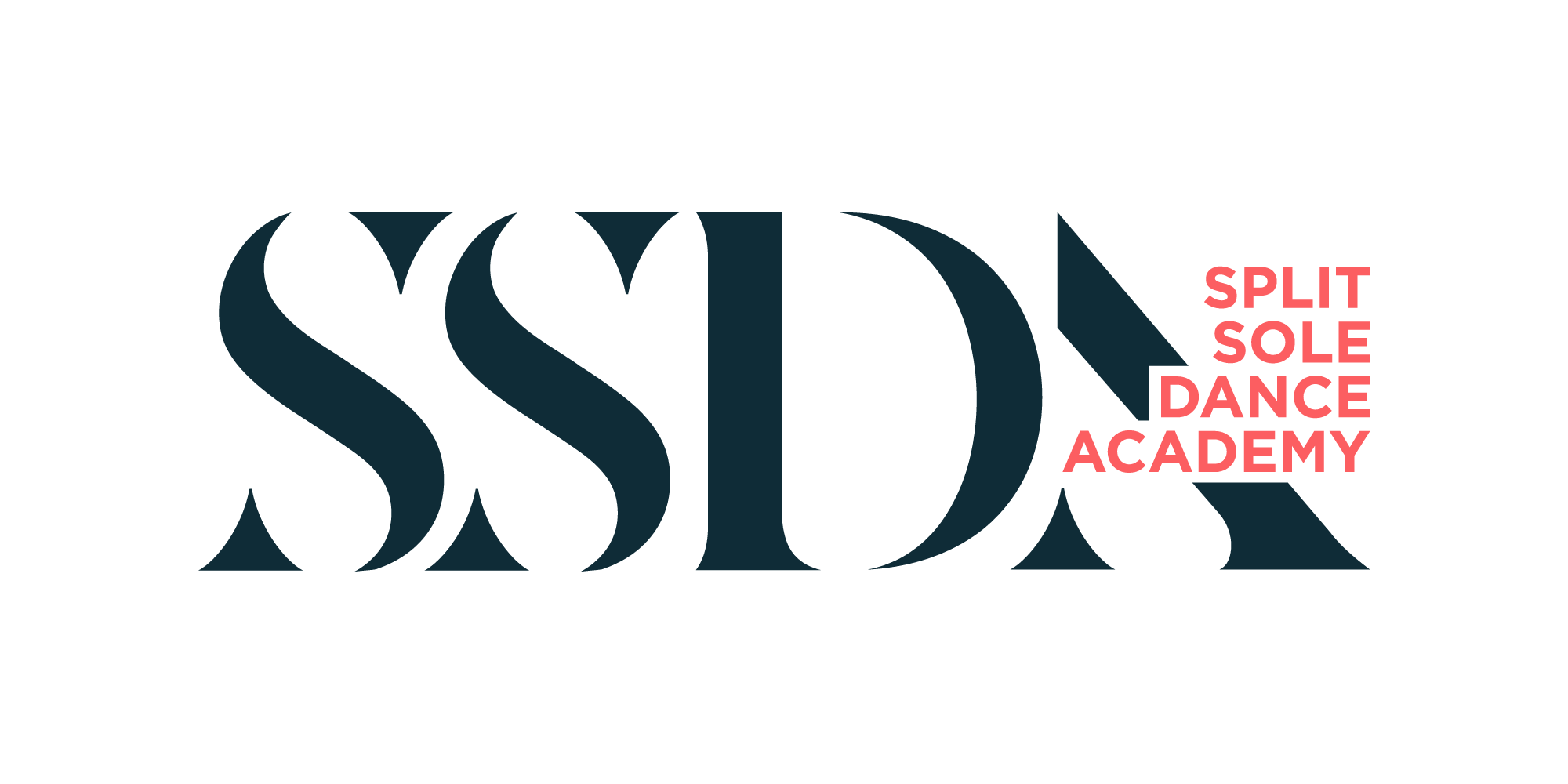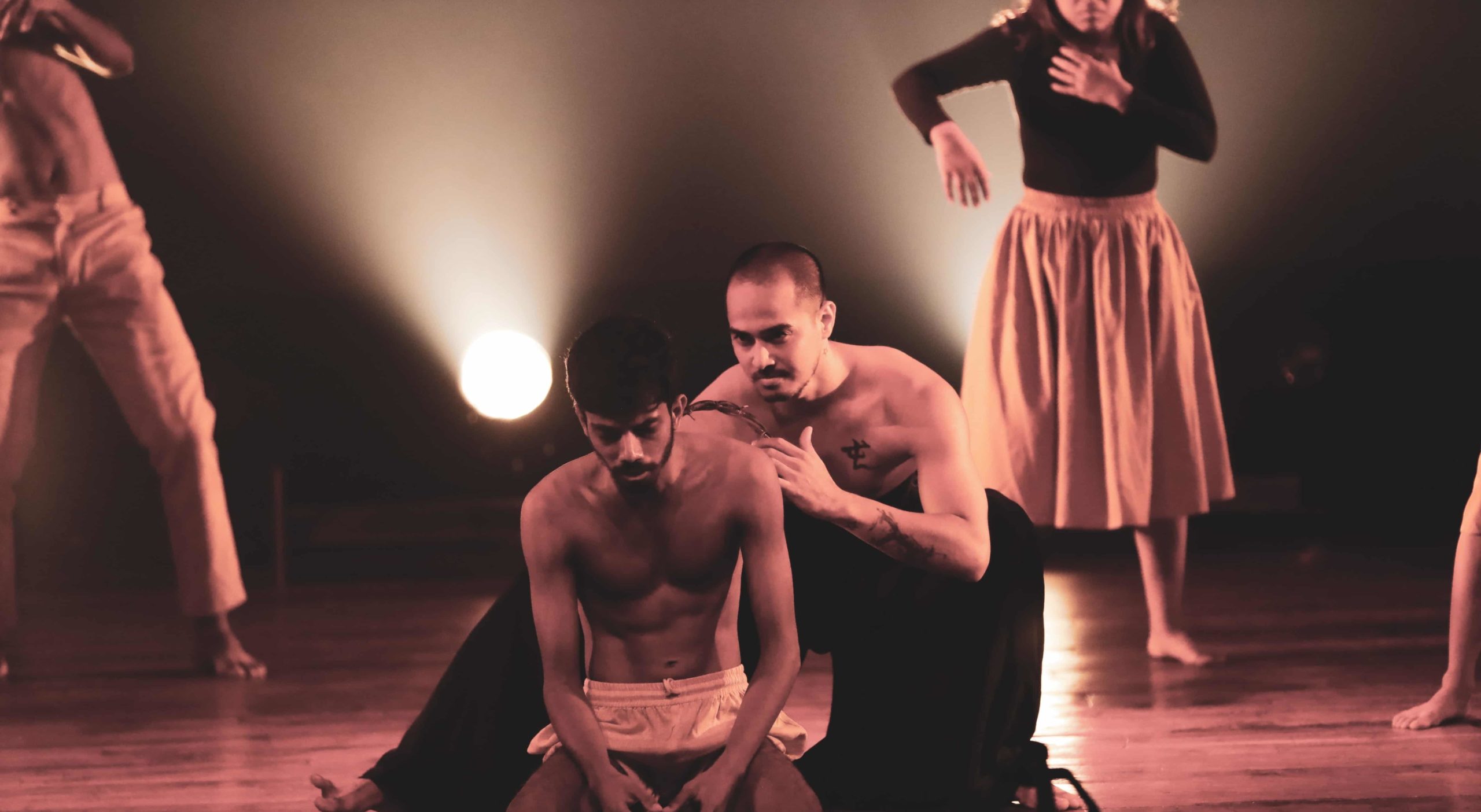Every dance is more than just a series of movements with elaborate names. It is a tiny part in a moving story, a tale told through the combination of dancing and music. Or sometimes just purely with the dance moves alone. At SSDA dance academy, we know the essence of dance is to tell a story and we love sharing this with our students.
Create a Character for the Dance
The origin point is always a character. Even if you are telling a real-life story, the character is the personality whose story you are telling. In most stories, there’s a good dose of fiction and this can be a fun thing to start with. Once you know who your character is, then start to think about their movements and how this will impact the dance. For example, if someone is a brash and bold character, then their moves may be somewhat exaggerated. Or someone who is up to something a little sneaky would be slower and more cautious in their actions.
Tie Moves With Emotions
Telling a story is about playing on emotions and evoking them in your audience. That’s where body language and facial expressions come in. These are the easiest way to show emotion happiness in a smile, sadness in a frown.
Not only that but by creating these emotions, you will also feel them. This helps to make the dance more realistic for people watching it. If you are running scared in a section, that feeling of fear you have created will help your dance moves seem more fearful.
Combining emotions with movements helps to create that story. So if someone is angry, the use of a serious or angry look with sharp and strong dance moves will portray this. Or a happy person who just had great news will have that bounce in their step and smile on their face.
Tell the Story
Once you have your characters and understand the emotions involved with the story, it is time to put it together. There should be a start, a middle and an end to the dance that people can follow when watching.
Sections of the dance can act like chapters of the story, breaking it down into smaller chunks and highlighting the most vital things that are happening. A break-up between a loving couple could be one chapter followed by a lonely walk in the park, heavy with sadness.
Practice Your Storytelling
The best way to become proficient at telling stories in your dance is to tell yourself stories in life. Use your imagination in other parts of life to imagine the story behind what you see. How could you retell that story with your favourite style of dance?
Humans are hard-wired to respond to stories. That’s why we listen to them as children, why we pause when someone tells one and why we listen to things like the news where we are told stories about current events. Learning to tell stories in your dance is a huge benefit for your skills as a dancer and choreographer.

